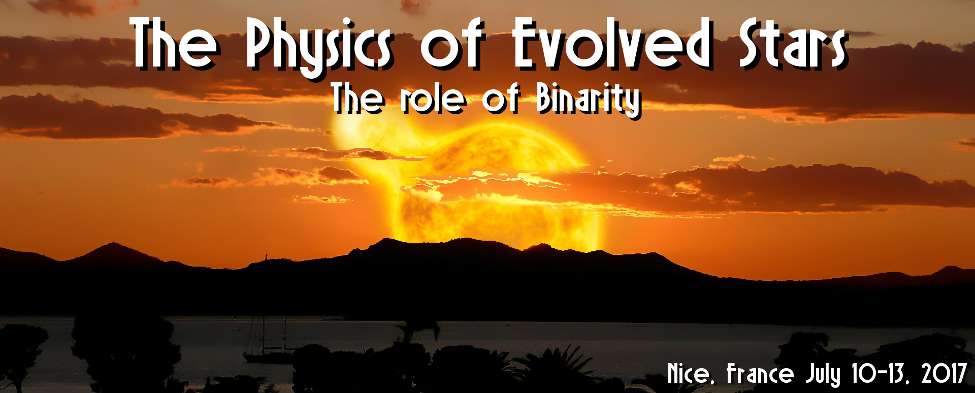Barium stars are s-process enriched giants; they owe their chemical peculiarities to a past mass transfer, during which they were polluted by their binary companion, which was at the time an asymptotic giant branch (AGB) star, but now an extinct white dwarf. Hence barium stars are ideal targets to understand and constrain the s-process in low- to intermediate-mass AGB stars. Actually, since the $^{93}Zr/Zr$ isotopic ratio is a sensitive function of the s-process operation temperature (independently of stellar evolution models), and since, in barium stars, $^{93}Zr$ has fully decayed into mono-isotopic $^{93}Nb$, we can use the Nb/Zr abundance ratio to constrain the s-process operation temperature. Adopting the same methodology as in Neyskens et al.(Nature 517,174, 2015), we analyze a sample of highly-enriched barium stars observed with the high-resolution HERMES spectrograph mounted on the MERCATOR telescope (La Palma). We determine the stellar parameters and abundance profile using MARCS model atmospheres. The derived Zr and Nb abundances provide more accurate constraints on the s-process operation temperature and also on the s-process neutron source.

|
|
|
|
When binaries keep track of a recent nucleosynthesis: The Zr–Nb pair in extrinsic stars as an s-process thermometer
1 : Institute of Astronomy and Astrophysics , Université Libre de Bruxelles
|
| Online user: 1 | RSS Feed |

|
 PDF version
PDF version